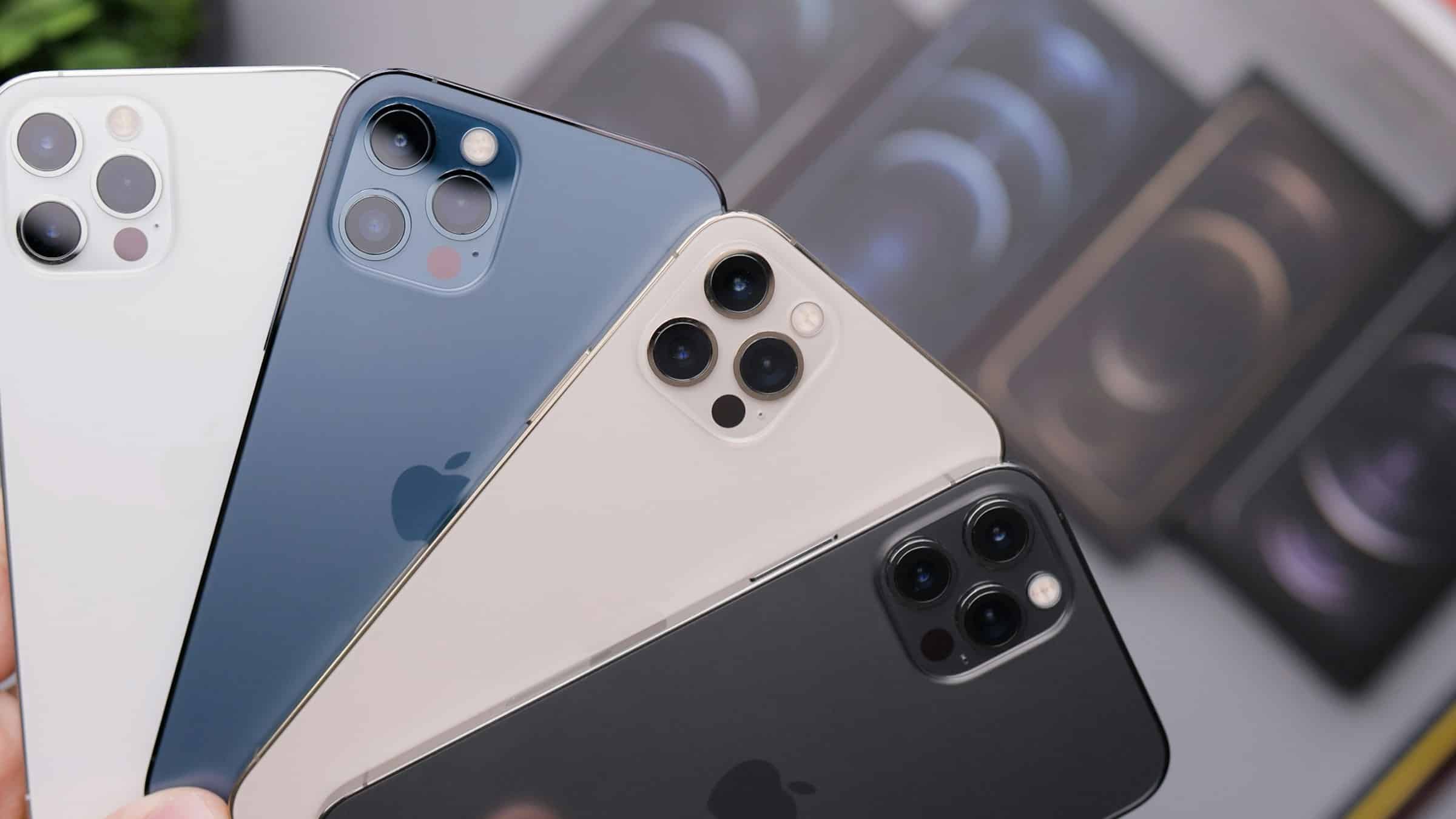How Can You Use Augmented Reality on Your Smartphone for Interior Design?

In the ever-evolving world of interior design, technology has become a key player, transforming how we visualize and plan our living spaces. One such revolutionary technology is augmented reality (AR), now accessible right from your smartphone. AR allows you to superimpose digital elements onto the real world, providing a truly immersive experience. This article delves into how you can harness augmented reality for interior design using your smartphone, and why it's a game-changer for both designers and clients alike.
Understanding Augmented Reality and Its Impact on Interior Design
Augmented reality combines the real and the virtual by overlaying digital objects onto your surroundings through your smartphone's camera. This technology has a profound impact on interior design by providing a realistic preview of how furniture, decor, and layouts will look in your actual space.
A voir aussi : What Are the Techniques to Enhance the Photo Editing Capabilities on Your Tablet?
Instead of relying on imagination or static images, you can use AR to see a 3D model of a sofa, a lamp, or even an entire room arrangement in real time. This real-time visualization helps in making more informed decisions, reducing the guesswork and design process frustrations. For interior designers and clients, this means a more collaborative and satisfactory experience.
With the rise of AR apps, you can now access these powerful tools on your smartphone, breaking down the barriers between professional designers and everyday users. These apps are designed to be user-friendly, making them accessible even to those who are not tech-savvy.
A lire en complément : What Are the Steps to Set Up a Smart Thermostat Using Your Smartphone?
The Best AR Apps for Interior Design
Several AR apps have become popular for their ease of use and effectiveness in interior design. These apps allow you to scan your room with your smartphone camera and place virtual furniture and decor items within the space. Here are a few standout options:
IKEA Place
The IKEA Place app is a pioneer in the AR interior design space. It allows you to browse the IKEA catalog and place life-sized furniture items in your room. The app's augmented reality feature ensures that the items are scaled accurately, giving you a realistic view of how they will fit and look in your home. This app is a must-have for IKEA enthusiasts and those looking for practical, stylish furniture solutions.
Houzz
Houzz is another excellent app that incorporates augmented reality to enhance your interior design projects. The app offers a vast library of products, including furniture, lighting, and decor. You can use the "View in My Room" feature to see how these items will look in your space. Additionally, Houzz provides access to a community of designers and contractors, making it a comprehensive tool for your design needs.
Roomle
Roomle is a versatile app that allows you to create detailed floor plans and then furnish them using AR. You can scan your space with your smartphone and experiment with different layouts and furniture arrangements. The app's precision and user-friendly interface make it a favorite among designers and homeowners alike.
MagicPlan
MagicPlan combines AR with advanced design software capabilities. It allows you to create detailed floor plans by simply scanning your room with your smartphone. Once the floor plan is generated, you can add furniture and decor items in AR, helping you visualize the final design. This app is particularly useful for professionals in real estate and architecture.
Benefits of Using AR in Interior Design
The integration of augmented reality into interior design offers numerous benefits that enhance the design process and overall experience for both designers and clients. Here are some key advantages:
Realistic Visualization
One of the most significant benefits of AR in interior design is the ability to see how furniture and decor will look in your actual space. This realistic visualization helps you make better decisions and avoid costly mistakes. It eliminates the guesswork and provides a clear picture of the final outcome.
Enhanced Collaboration
AR tools foster better collaboration between interior designers and their clients. Clients can actively participate in the design process, providing immediate feedback and making changes in real time. This collaborative approach ensures that the final design aligns with the client's vision and expectations.
Time and Cost Efficiency
Using AR can save both time and money in interior design projects. By visualizing changes before they are implemented, you can avoid the hassle of reordering or returning items. This efficiency streamlines the entire design process, making it faster and more cost-effective.
Increased Customer Satisfaction
For designers and architects, AR can significantly enhance customer satisfaction. Clients are more likely to be pleased with the final design when they have actively participated in the process and can see the results before any physical changes are made. This satisfaction can lead to repeat business and positive word-of-mouth referrals.
Innovation and Competitive Edge
Embracing augmented reality in interior design showcases your commitment to innovation and staying ahead of industry trends. It sets you apart from competitors and positions you as a forward-thinking designer who leverages cutting-edge technology to deliver exceptional results.
How to Integrate AR into Your Interior Design Workflow
Integrating augmented reality into your interior design workflow is easier than you might think. Here are some steps to get started:
Choose the Right AR App
Select an AR app that suits your needs and preferences. Consider factors such as the app's features, user interface, and compatibility with your smartphone. Experiment with a few options to find the one that works best for you.
Scan Your Space
Use the app to scan your room and create a digital representation of your space. Make sure to capture accurate measurements and details to ensure precise placement of virtual elements.
Experiment with Furniture and Decor
Browse the app's catalog of furniture and decor items and start placing them in your room. Experiment with different layouts, colors, and styles to find the perfect design. Pay attention to proportions and scale to ensure a realistic and harmonious look.
Collaborate with Clients
If you are an interior designer, involve your clients in the design process by sharing the AR visualization with them. Encourage them to provide feedback and make adjustments. This collaborative approach ensures that the final design meets their expectations.
Finalize the Design
Once you are satisfied with the design, finalize the floor plan and make any necessary adjustments. Use the AR visualization as a reference when implementing the changes in the real world.
Stay Updated
Keep up with the latest advancements in AR technology and interior design trends. Augmented reality is constantly evolving, and staying informed will help you make the most of this powerful tool.
The Future of Augmented Reality in Interior Design
The future of augmented reality in interior design looks incredibly promising. As technology continues to advance, we can expect even more sophisticated AR apps and tools that will further enhance the design process. Here are a few trends and developments to look out for:
Mixed Reality
Mixed reality combines elements of both AR and virtual reality (VR) to create a more immersive and interactive experience. In the context of interior design, mixed reality can allow users to walk through a fully designed virtual space and interact with objects in real time.
Enhanced Realism
Future AR tools will likely offer enhanced realism, making digital elements almost indistinguishable from real objects. This level of realism will provide an even more accurate representation of the final design.
AI Integration
The integration of artificial intelligence (AI) with AR will enable more intelligent and personalized design recommendations. AI algorithms can analyze your preferences and suggest furniture and decor items that match your style and space.
Increased Accessibility
As AR technology becomes more mainstream, we can expect increased accessibility and affordability. More people will be able to use AR tools for their interior design projects, democratizing the design process and making it more inclusive.
Augmented reality has revolutionized the field of interior design, offering unprecedented opportunities for both designers and clients. By using AR apps on your smartphone, you can visualize and plan your space with greater accuracy and confidence. This technology fosters better collaboration, saves time and money, and enhances overall customer satisfaction. As AR continues to evolve, its impact on interior design will only grow, making it an indispensable tool for anyone looking to create beautiful and functional living spaces. Embrace the power of augmented reality and transform your design vision into reality.
